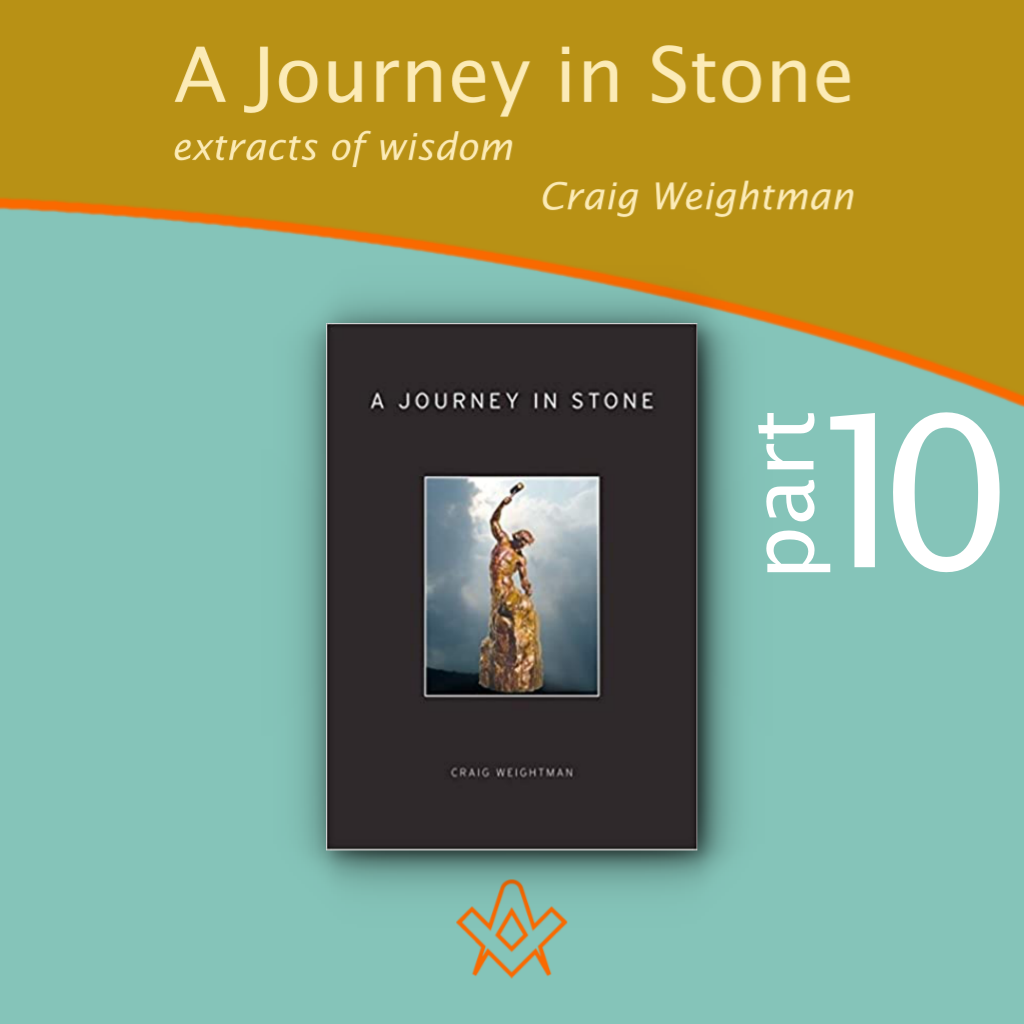For those who have enjoyed Craig Weightman’s thought-provoking and inspiring monthly features, this book collates his collective wisdom and philosophy, taking you on a fascinating ‘journey in stone’.
Over the next months, we will feature select extracts from ‘A Journey in Stone’ – if you enjoy these, please support Craig’s work by buying a copy.
“This book is the result of years of exploration by myself since I joined the Order of Freemasons in 2004. After following an identical story to the one expressed at the beginning of this preface, I found the process of initiation a truly transformative process.”
Craig Weightman.
A Journey in Stone
‘The interlaced triangles of the Royal Arch, representing the union of man with the divine’
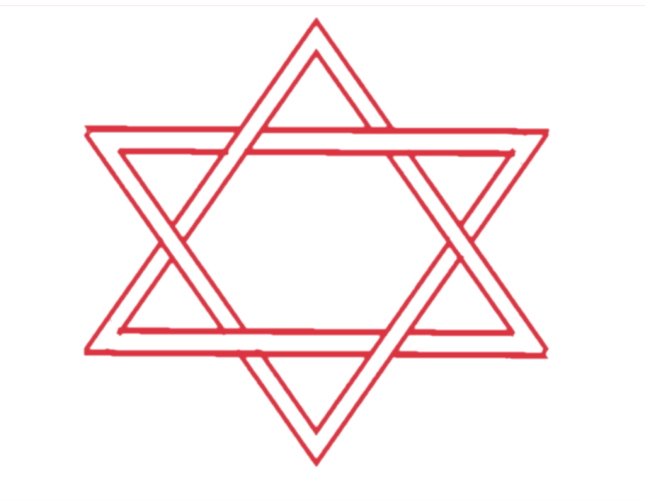
No work on Freemasonry is complete without some description of what is known as the Holy Royal Arch, which is most often just called the Royal Arch.
Although it is presented to the Freemason as a separate ceremony of Freemasonry and appears to be distinct from the other Three Degrees of what is usually known as Craft Freemasonry, the Royal Arch is not, in fact, a separate Degree but rather the completion of the Third Degree.
At one time, the Royal Arch formed part of the Third Degree ceremony.
However, it was decided that it would be best to detach the Ceremony of Exaltation – as the Royal Arch portion of Masonic initiation is called – and turn it into a ceremony in its own right, because it tended to unnecessarily extend the ceremony of initiating the Master Mason.
Also, because the officers and furniture involved in the Exaltation Ceremony are different, it required the entire lodge room to be re-arranged every time the relevant stage of the Third Degree ceremony was reached.
The journey in stone of the Freemason finds its conclusion in the Third Degree and has, as its subject, the awful subject of death and how it should be dealt with in the course of one’s life.
As has been already mentioned in the previous chapter, not only does the Degree of the Master Mason cover the reality of physical death, it also symbolises the physical death of the Self, and the resurrection to a life in which the Freemason is aware of the necessary interconnectedness of the whole of society.
The Ceremony of Exaltation in the Royal Arch then further emphasises the lessons taught in the Third Degree and elaborates on them further.
In many ways, the Royal Arch is the most mystical part of Masonic initiation.
Some might suggest that the other Degrees in Masonry, for example those in the Scottish Rite, also have a mystical content, but it is worth remembering here that the Degrees beyond the Royal Arch tend to further illustrate the points made in the three original Degrees of the Craft, and are not necessary for the completion of Masonic initiation.
What the Royal Arch deals with is the mystical qualities that underlie consciousness. Its theme is that it is indeed possible to unite with these qualities in order to acquire further insight into the nature of existence.
For this reason, the Royal Arch is often seen as the capstone of Freemasonry, i.e. that part of initiation that concludes and explains its true purpose.
Indeed, the Royal Arch is sometimes called ‘Chapter’ from the word ‘Chapiter’, which is a piece of masonry atop a free-standing pillar.
At the beginning of the Ceremony of Exaltation the Candidate is understood to have undergone the process of dying to the Self in the Third Degree, and it is at this point that the Royal Arch takes over to further illustrate the lessons of that Degree.
It is also important to point out the context of the story in which the Ceremony of Exaltation is set.
Whereas the story of the Three Degrees of Craft Masonry are assumed to be set in the times of the building of the first Temple of Jerusalem, the setting for the story of the Royal Arch is the period of history after Jerusalem was sacked by the Babylonian King Nebuchadnezzar II.
At this point, King Solomon’s original temple lies in ruins, and the Israelites are living in exile in Babylon.
However, in the Ceremony of Exaltation, the Candidate represents someone who returns from exile, and discovers the ruined temple.
It is worth remembering at this point that one of the many things that King Solomon’s Temple symbolises is the microcosm, or the individual human being.
Therefore, the ruined temple represents the broken individual, or a person who has died, as in the Third Degree.
This death, as has been pointed out, is not an actual physical death, but the death of what the Freemason initially took for granted as a sense of an independent, separate Self.
In the story of the Ceremony of Exaltation the exile who has returned, represented by the Candidate, finds what appears to be a dome-like structure protruding from the ground where the Temple once stood. Upon tapping it, it sounds as though it is hollow.
Out of curiosity, the exile decides that, with the help of some companions, he is going to remove the stones of this dome to discover what is underneath.
The intrepid exile is then lowered into the dark vault below in order to discover what is down there.
This lowering into the darkness of the Earth is itself of symbolic significance for the Candidate for Exaltation: the Initiate is symbolically being lowered into the dark recesses of himself, or his own subconscious.
The symbolic death of the Third Degree has taken away the focus on external material things, and all senses are now focused within.
This is very similar to the meditative exercises alluded to in the previous chapter.
With practice, the focus of conscious attention in meditation can be trained to block out all distractions from the outside world as well as the processes of ordinary conscious thought, and the meditator is then said to be left with the peaceful state of pure being.
Once in this state of pure being, a person only sees the emptiness of Self. There is only the darkness marking the absence of all sense and thought impressions.
However, although thoughts and senses have been excluded from consciousness it becomes glaringly obvious that there still appears to be this sense of Self that is watching in the darkness.
This helps the meditator to come to the conclusion that their sense of Self is not associated with the contents of their conscience, but is something different.
Although the Freemason who has undergone the Ceremony of Exaltation does not necessarily meditate to ponder the mysteries of its symbolism, it is nevertheless necessary to contemplate the meaning of Exaltation over time in one’s own mind.
Once the nature of the Self has been analysed so all that is left is the experience of simply being conscious, the attention then naturally turns to the nature of conscious experience itself.
The whole ceremony of exaltation was once part of the Third Degree ceremony, and so it is important to bear in mind the overall context of this phase of the Masonic initiation process.
When the Initiate, having searched in the darkness of symbolic death, is raised out of the darkness to the realisation of the interconnectedness of all of society and the truths of human fellowship they bring with them a great secret that can now be used to guide their life in the service of others.
If one was to look at Craft Masonry on its own, without the Royal Arch aspect, it would seem that Freemasonry is simply about the understanding of morality and how it can help the Freemason progress through life, doing the best they can to promote a better society,
and finding how they can best be of service.
This in itself is quite enough for an institution to impart. However, it is the Royal Arch aspect of the process of initiation that finally explains why the progress of Freemasonry is seen as having what can be called a more spiritual aspect.
It can be seen, then, that the Royal Arch transforms the views of the Freemason by revealing the true aims of the whole system, which in turn transforms the whole of the Freemason.
After much time using the tools of their own faculties to carve away the fragments of the psyche that have previously obscured it from view, a shining jewel is uncovered from within, its radiance benefiting the whole of the organism and beyond.
This hidden treasure that awaits us, encased deep within ourselves, is the true reward that lies at the end of the journey in stone.
Edited and abridged from Chapter 8 – The Illusion of the Self and the Truth of Interdependency, ‘A Journey in Stone’ by Craig Weightman. Reproduced with permission from the publisher Lewis Masonic. All rights reserved.
Reproduced with permission from the publisher Lewis Masonic. All rights reserved.
Follow Craig on Twitter: @WeightmanCraig
Read about Craig’s work as a Senior lecturer in Games and Visual Effects, Staffordshire University
https://theconversation.com/profiles/craig-weightman-430199/articles
Article by: Craig Weightman

Craig Weightman grew up in Hinckley, Leicestershire and was educated at the University of Leicester, gaining a degree in Psychology and Computer Science.
He was initiated into Freemasonry in 2003, and became master of his lodge in 2014.
Outside of his interests in Freemasonry, Craig is a lecturer in Computer Games Design and Computer Science at a college in Warwickshire. He also develops websites for businesses.
Craig is the author of 'A Journey in Stone'.
 A Journey in Stone – Extracts of Wisdom p.10 More extracts of wisdom from Craig Weightman's book 'A Journey in Stone' – in this final part in the serialisation, we discover the Transformative Symbolism of the Royal Arch – and the end of the journey. |
 A Journey in Stone – Extracts of Wisdom p.9 More extracts of wisdom from Craig Weightman's book 'A Journey in Stone' – this month, we explore the 'Illusion of the Self and the Truth of Interdependency' |
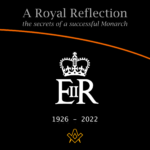 A Royal Reflection – the secrets of a successful Monarch On the death of Her Majesty Queen Elizabeth II, Craig Weightman, in a fitting tribute to an exemplar, recently departed, reflects on how the late Monarch's life demonstrated how we should all live every moment, as we serve others. A poignant reflection on a life that was resplendent in virtue, to the benefit of all, which is what Freemasonry attempts to teach us. |
 A Journey in Stone – Extracts of Wisdom p.8 More extracts of wisdom from Craig Weightman's book 'A Journey in Stone' – this month, we explore |
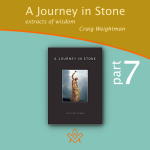 A Journey in Stone – Extracts of Wisdom p.7 More extracts of wisdom from Craig Weightman's book 'A Journey in Stone' – this month, we explore |
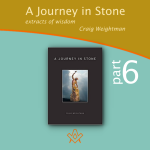 A Journey in Stone – Extracts of Wisdom p.6 More extracts of wisdom from Craig Weightman's book 'A Journey in Stone' – this month, we explore the Working Tools of the Third Degree. |
 A Journey in Stone – Extracts of Wisdom p.5 More extracts of wisdom from Craig Weightman's book 'A Journey in Stone' – this month, we explore the Working Tools of the Second Degree. |
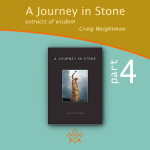 A Journey in Stone – Extracts of Wisdom p.4 The Working Tools of the First Degree – the twenty-four-inch gauge. This book collates masonic author and psychologist, Craig Weightman's collective wisdom and philosophy, taking you on a fascinating 'journey in stone'. |
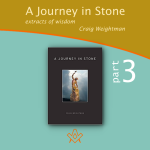 A Journey in Stone – Extracts of Wisdom p.3 This book collates masonic author and psychologist, Craig Weightman's collective wisdom and philosophy, taking you on a fascinating 'journey in stone'. |
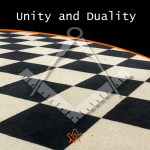 Craig continues his previous exploration into the 'hero's journey' through life's travails; this month we discover how within the stormy sea of battling opinion and confusion, there is an island called Freemasonry. |
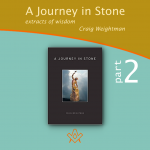 A Journey in Stone – Extracts of Wisdom p.2 This book collates masonic author and psychologist, Craig Weightman's collective wisdom and philosophy, taking you on a fascinating 'journey in stone'. |
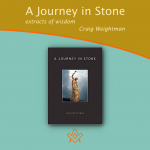 A Journey in Stone – Extracts of Wisdom p.1 For those who have enjoyed Craig Weightman's thought-provoking and inspiring monthly features, this book collates his collective wisdom and philosophy, taking you on a fascinating 'journey in stone'. |
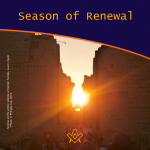 This spectacle takes place at the same time every year. Literally, the sun 'dies' for three days, then is reborn on the Christmas morning. |
 Coming to Terms with the Great War Within Ourselves Discover your 'shadow' - the black-and-white path to self-awareness - "A man who is possessed by his shadow is always standing in his own light and falling into his own traps...living below his own level." - Carl Jung |
 The Masonic Art of Being a Gentleman What defines the masonic art of being a gentleman; a chivalrous, courteous, or honourable man? |
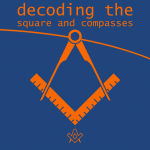 Decoding the Square and Compasses The square and compasses is the most famous symbol with which Freemasonry is identified. However, this is not just a logo that helps the organisation to stand out from the rest. |
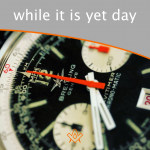 Each moment is a gift that you can make the most of. We can all do more; many of us do not live our lives to the full. |
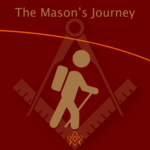 The hero’s journey can also be seen in the Masonic system; a candidate first considers embarking on the Masonic journey but wonders whether it is really for him |
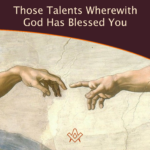 Those Talents Wherewith God Has Blessed You Incorporated in the charge to the initiate, has a lasting impression of what Freemasonry is all about. |
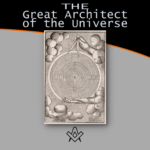 The Great Architect of the Universe When a candidate for 'Regular' Freemasonry is interviewed, prior to being admitted, he is always asked if he believes in a Supreme Being. |
masonic knowledge
to be a better citizen of the world
share the square with two brothers

click image to open email app on mobile device


